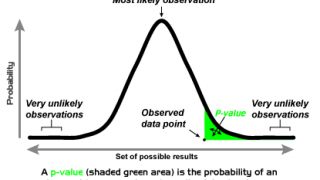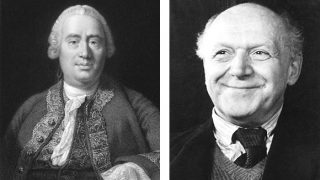
Selfishness in Economics
Very often Economics is censured for using unrealistic assumptions, like that stating that people are selfish. According to some critics (e.g., the philosopher Mario Bunge, 2010 ), this fact is enough to show the invalidity of Economic models. After all, if we start with a falsehood, how can we hope to find useful theories? The […]








